Category: Blog
-
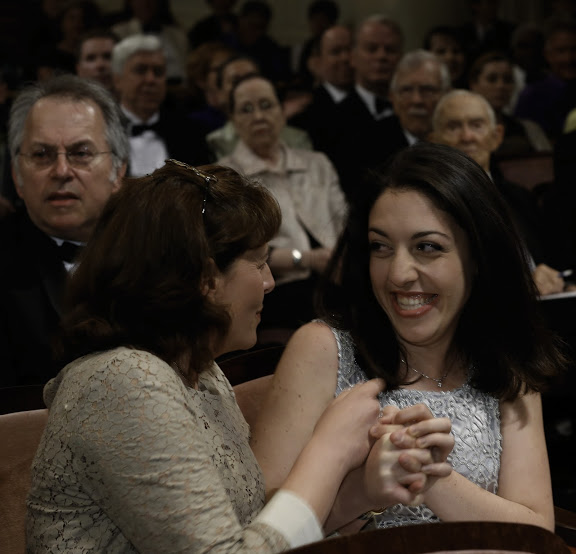
CAVORTING AT THE CLIBURN
I returned last Monday from a trip to the Van Cliburn International Piano Competition in Fort Worth, Texas with a prize winner and a cold! It has been twenty years since I’ve been to a Cliburn Competition and have decided that I’m not waiting another twenty years. The next competition is in four years and…
-

THE STORY OF MILOŠ KARADAGLIĆ
An in-depth, personal account on Miloš Karadaglić – spanning his journey from an eight year old learning guitar in Montenegro to how he has become “the hottest property in classical music today.” (West Australian) If you were asked to name classical music’s most legendary guitar players, you’d probably come up with Andres Segovia, Julian…
-

A LETTER FROM ANTHONY ROTH COSTANZO
As I enter my 20th year of professional performance, I have been reflecting on the most resonant musical moments throughout my development as a singer. From my beginning as a Broadway baby to my now daily dances with Handel, I have realized that there is a lot of music in between those two poles which…
-

THREE VIOLINS AND THE TALENTED TRIO
Imagine my delight when I received an email from Jonathan Chan in London, where he is studying at the Guildhall, telling me that he had been awarded the 1715 Dominicus Montagnana violin on loan from the Canada Council Musical Instrument Bank. Canada’s finest young talents compete for the opportunity to use these instruments for a…
-
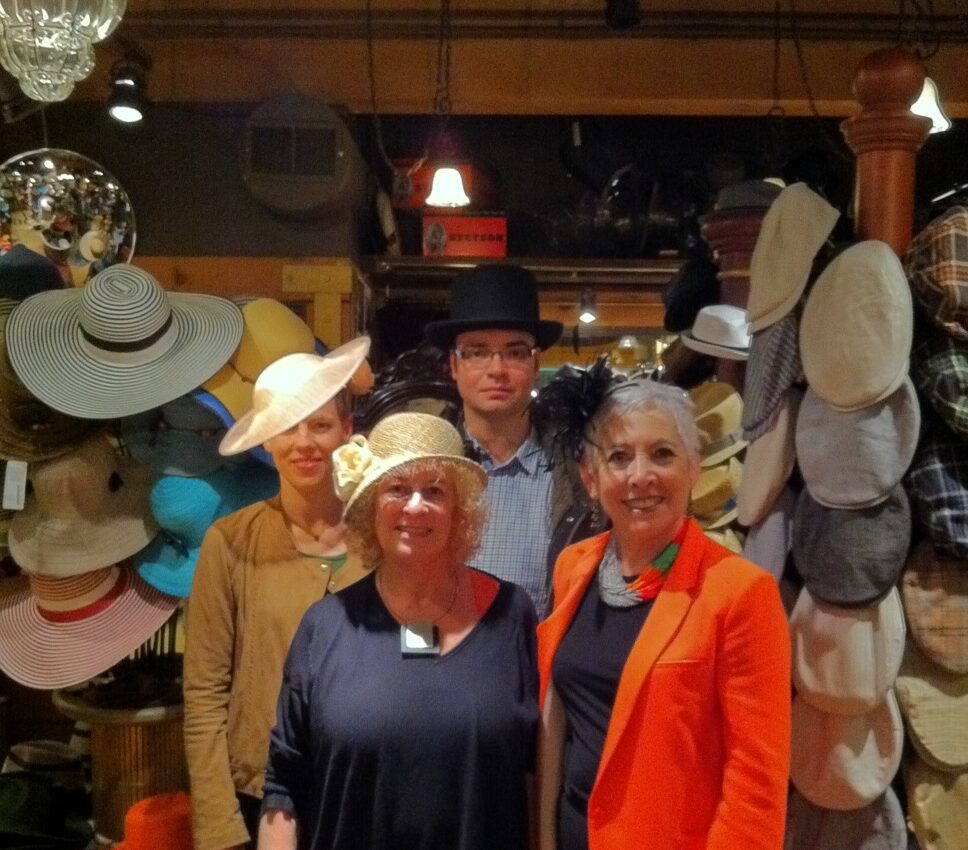
LEILA GETZ: HATS ‘ON’ TO TWO EXTRAORDINARY MUSICIANS!
Following their incredible journey through the Beethoven Piano and Violin Sonatas in three concerts for the Vancouver Recital Society, Isabelle Faust and Alexander Melnikov were anxious to blow off excess steam and see something of Vancouver before they left for their next engagement in San Francisco. So I, as the tour guide, and Allison…
-
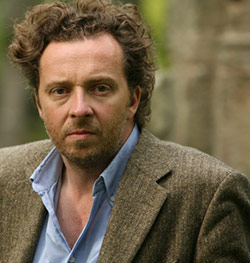
GETTING TO KNOW BARITONE CHRISTIAN GERHAHER
Christian Gerhaher on the origins on German Lied (song): The German Lied was born into quite special circumstances. The composer found himself creating something with no pre-existing format, which in practical performance terms was restricted to a quite intimate situation, which will later become the famous Schubertiade. That means it had a more social than…
-
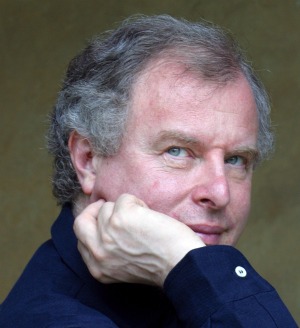
LEILA GETZ: WHY I LOVE ANDRAS SCHIFF
Yesterday I watched a video on the VRS YouTube channel featuring pianist Shai Wosner playing the concluding portion of Schumann’s “Carnaval”. I enjoyed it very much. As the video concluded, another video on the YouTube sidebar caught my eye: András Schiff playing the Andantino from Schubert’s Sonata in A Major, D959. I clicked on it…
-

SAFEGUARDING THE ARTS IN VANCOUVER
By now, many of you have heard the sad news that the Playhouse Theatre Company commenced to wind down operations as of March 10. On the preceding day, Leila and I attended the announcement, which could only be described as a wake for a departed loved-one. An unusual silence fell over the assembled group…
-
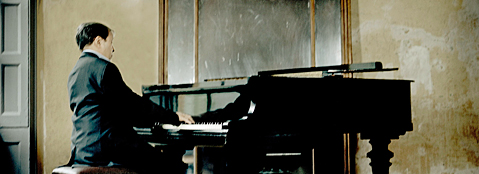
MURRAY PERAHIA…REMINISCENCES
Murray Perahia first came onto my radar in 1972 when he won the Leeds International Piano Competition. I knew Murray’s playing through his recordings but didn’t have the opportunity to hear him live for the first time until 1983, when on a visit to London I was able to attend a recital he gave at…

